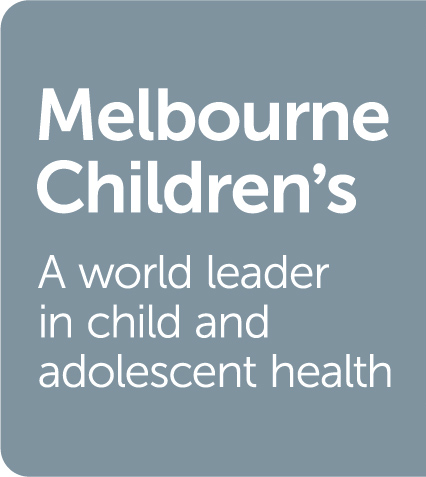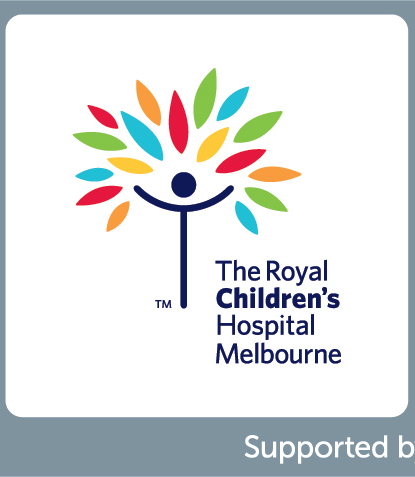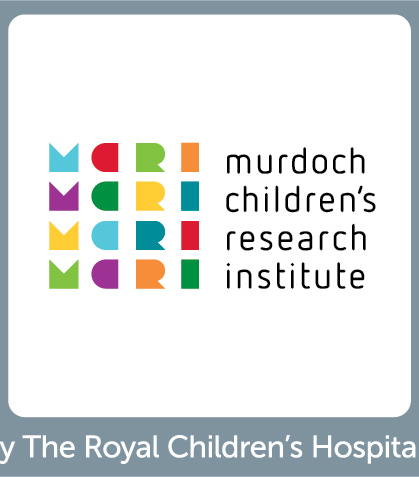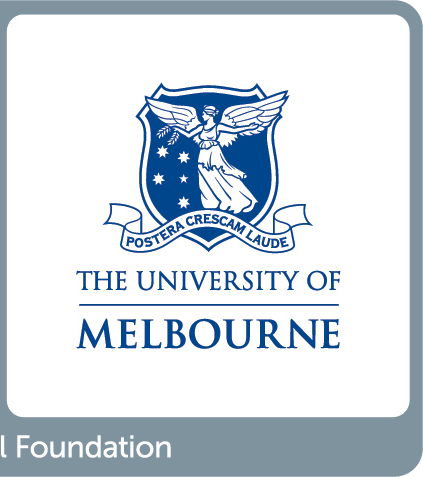Translation and Impact
We all want to make a difference through our work, and achieving research impact lies at the heart of our ability to improve children's health and wellbeing.
A focus on impact is fundamental if we are to address these known challenges of our health system:
- Time lags: most health research fails to influence practice or policy – or can take up to seventeen years to do so
- Research waste: some estimates place waste in health and medical research due to failure to translate and implement at 85%
- Underuse of effective care: around 40 per cent of patients receive less than appropriate care in clinical encounters
- Underuse of ineffective care: an estimated 30-40 per cent of patients do not receive treatments of proven effectiveness.
This page describes research impact and key related areas including knowledge translation, implementation and innovation. For further information about research impact contact impact@mcri.edu.au.
The National Health and Medical Research Council (NHMRC) defines research impact as:
The verifiable outcomes that research makes to knowledge, health, the economy and/or society. Impact is the effect of the research after it has been adopted, adapted for use, or used to inform further research.
This definition invites us to shift our focus from our research outputs (e.g., journal articles, conference papers, reports) to the measurable effects, changes or benefits of our research findings. While outputs and bibliometrics are foundational aspects of our research processes and system, they don't tell us about the impact of our research.
You can also understand Research Impact through the or types of impact, also known as 'impact domains'.
The recently-published AAMRI Research Impact Framework provides the following taxonomy of impact:
- Advancing knowledge: including measures of research quality, activity, outreach and structure - what was discovered and what unique or innovative methodologies enabled those discoveries?
- Research capacity building: developing researchers and research infrastructure so that we have the right skills and tools to do the job brilliantly and to do impactful research.
- Informing decision-making: decisions about health and healthcare, including public health and social care, decisions about future research investment, and decisions by the public.
- Improving health: including health outcomes and determinants of health, and health system changes.
And economic and social benefits.
Whether we are a student, a researcher, a health professional, or whether we support or run health or research programs, all of us will likely see our efforts contributing to one or more of these impact areas.
For more information, make sure you review the Melbourne Children’s Impact Hub. If you have any questions, contact Ken Knight – MCRI’s Research Impact Manager.
There are many ways to have an impact, and good planning makes it more likely your research will make a difference. Planning for impact before a project begins, or at the beginning of a research project, is not essential for impact to occur, but is incredibly helpful in supporting researchers to undertake impactful activities and implement measures to identify the type, significance and reach of their impact.
Planning for research impact takes time, but is well worth the effort.
Knowledge Translation and Implementation
Knowledge translation (KT) and implementation provide us with evidence-based tools and practices to navigate and enable change in health contexts. We like the inclusive approach to KT and implementation provided by the University of Washington – they see these processes as providing a way to answer the key question: How do we get "what works" to the people who need it, with greater speed, fidelity, efficiency, quality, and relevant coverage?
Here are some more formal definitions:
Knowledge translation is a dynamic and iterative process that involves:
the synthesis, exchange, and application of knowledge by relevant stakeholders to accelerate the benefits of global and local innovation in strengthening health systems and improving people’s health - World Health Organization (2006)
Implementation science is the study of methods to promote the adoption and integration of evidence-based practices, interventions, and policies into routine health care and public health settings to improve the impact on population health - NIH National Cancer Institute
Knowledge translation and implementation refer to the processes involved in raising awareness of knowledge and evidence, and facilitating its use. It addresses the gap between what we know and what we do to inform decision-making, behaviour, policy and practice.
When we talk about “planning for impact” and “impact activities” we are often referring to processes synonymous with knowledge translation and implementation.

1. |
Join the campus Knowledge Translation and Impact Network. The KT and Impact Network is a community of interested staff who meet and share tools, tips and examples of good practice in this area. |
2. |
Think impact from the very beginning - know why you’re doing the research, and begin with the end in mind. Ask yourself the following questions:
The Knowledge Translation and Impact Nework has developed an impact planning template to guide your thinking during the first stage of the impact planning process. You can also consult the MACH Directory of Planning Tools and Templates. |
3. |
Now it’s time to get more specific. Use program logic to map your pathway to impact. Program logic helps us explain how an initiative is thought to work and its intended benefits. It is typically displayed in a diagram that shows the relationships between components such as inputs, resources, activities and the expected outputs and effects of research, projects or programs. |
4. |
If you want to translate research into practice, we recommend the Translating Research Into Practice online program from Queensland Health. This introductory online training and education is designed to prepare health practitioners to plan and undertake a translational research project. The sections are:
|
5. |
It is important to share your processes and findings. You will need to develop a communication and dissemination plan, and share research findings in ways that are useful and usable. Rely on engagement with your key audiences to inform your communication and dissemination efforts. Consult the Dissemination and Implementation Models in Health Research and Practice webtool for more guidance. |
6. |
Draw on your supports – especially the community of staff and students interested in impact in our Knowledge Translation and Impact Network, and use our tools and resources. |
Your research impact plan is dynamic, and will likely change over the course of your project – we recommend reviewing and updating it at least every quarter.
Additional resources:
For more in-depth information about translation and implementation, you can also consult:
- The University of Washington Implementation Science Resource Hub
- MACH Implementation Science Resource Centre
To discuss your translation and impact contact the Research Impact Manager at MCRI, Ken Knight or email impact@mcri.edu.au.
The MCRI Innovation team are available to work with clinicians across campus to create real-world applications, supporting to accelerate the pathway from idea to impact to unlock and/or realise value (health, social and economic) at scale. Innovation can be used to improve the delivery, efficiency, effectiveness, quality, sustainability, safety, and/or affordability of healthcare.
The Innovation team acts as an ‘engine’ to support people in developing new innovative products, services or initiatives in healthcare. Working with the team gives you access to resources such as strategists, technology specialists, business development advice, mentors, entrepreneurial advice, ideation workshops, test bed and much more.
We will help from design-thinking, value proposition identification, customer insights, intellectual property, tech transfer, regulations and standards to meet, real-world evidence to demonstrate, and partners, funding, procurement and reimbursement processes to obtain.




